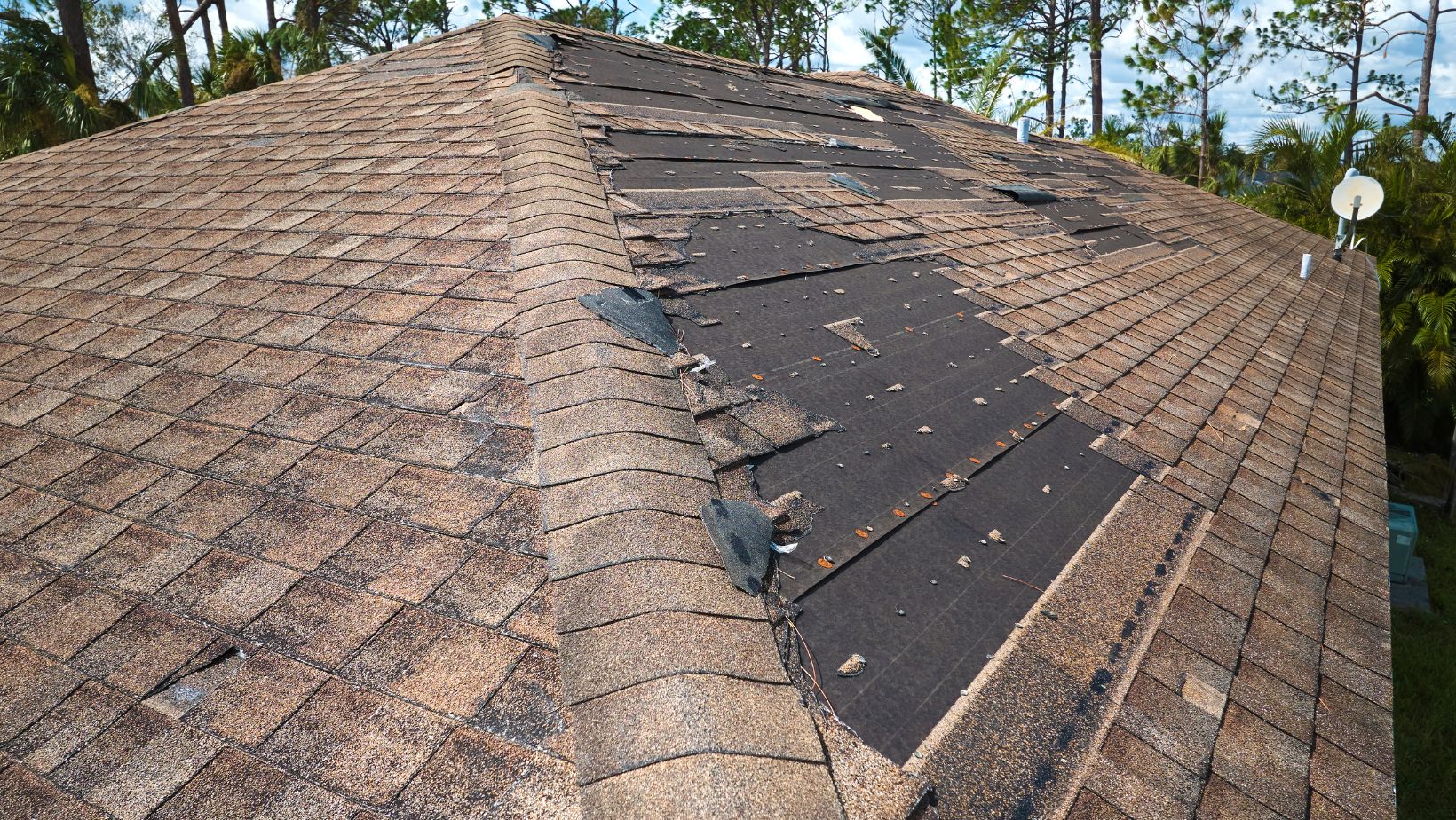A well-maintained roof is crucial for protecting your home from the elements. Yet, many homeowners overlook subtle signs of damage, which can lead to costly repairs down the road. Recognizing early indicators of roof damage can save you both time and money, ensuring your home stays safe and secure. Below are the top warning signs to watch for that could signal your roof is in need of attention.
Missing or Damaged Shingles
One of the most visible signs of roof damage is missing or cracked shingles. Over time, exposure to extreme weather like heavy rains, winds, and hail can cause shingles to loosen or break apart. If you notice patches of missing shingles or fragments on the ground around your home, it’s a clear indication that your roof is compromised. Shingles act as the primary defense against water infiltration, so any missing pieces can lead to leaks and water damage inside your home. Checking your roof after storms or strong winds is a good habit to develop.
In addition to missing shingles, pay attention to shingles that appear curled, warped, or discolored. These can be signs of aging or poor ventilation in your attic, both of which can affect the lifespan of your roof. Early detection of shingle damage can prevent further issues down the line.
Granules in the Gutter
When shingles start to wear out, they shed tiny granules, which may accumulate in your gutters. These granules are meant to protect shingles from UV rays and harsh weather, so their loss is a clear sign that your roof’s protective barrier is weakening. While some granule loss is natural over time, excessive amounts indicate that your roof might need replacing sooner rather than later.

Clogged gutters can also lead to water buildup, causing moisture damage to your roof’s structure. If you notice a large amount of granules in your gutters or downspouts, it’s time to have a closer look at the condition of your shingles.
Water Stains on Ceilings and Walls
One of the most alarming signs of roof damage is water stains inside your home, particularly on ceilings or walls. These stains are often a sign of leaks that have already made their way through your roof’s outer layers. Once water penetrates your roof, it can damage insulation and drywall, and even lead to mold growth.
Keep in mind that leaks aren’t always directly beneath the damaged section of the roof, as water can travel along beams and rafters before becoming visible inside your home. If you spot water stains, it’s crucial to address the issue quickly to prevent further structural damage.
Sagging Roof Deck
A sagging roof deck is one of the more serious signs of roof damage and should not be ignored. If you notice that parts of your roof appear to dip or buckle, it could indicate underlying structural problems, often caused by prolonged water damage or the weight of snow and ice. A sagging roof is a strong signal that the integrity of your home’s roof system has been compromised, and immediate action is needed. In such cases, it’s essential to get expert roof repairs to assess the extent of the damage and determine whether a full roof replacement is necessary. Ignoring a sagging roof can result in even greater costs, as it may eventually lead to a collapse or significant internal damage to your home’s framework.
Increased Energy Bills
If your energy bills have been creeping up without an obvious reason, your roof could be to blame.

A damaged roof can let hot air escape in the winter and cool air escape in the summer, forcing your HVAC system to work harder to maintain comfortable temperatures. Insufficient insulation or poor ventilation caused by roof damage can result in higher energy costs and an uncomfortable living environment.
By inspecting your roof and addressing any ventilation issues, you can not only protect your home but also save on energy expenses in the long run.
Mold and Mildew Growth
Mold and mildew are often signs of moisture problems, which can be directly linked to roof damage. If water has seeped through your roof due to leaks, it can create a damp environment conducive to mold growth. Mold can spread quickly and may affect the health of those living in your home, particularly if it grows in hidden areas like attics or behind walls.
Not only does mold cause health issues, but it also indicates that your roof is no longer providing the necessary protection against the elements. If you spot mold or mildew, it’s essential to identify the source of the moisture and address any roof damage immediately.
A roof is a home’s first line of defense, and recognizing the early signs of damage can prevent much larger problems. From missing shingles and granules in the gutter to water stains and sagging roof decks, these indicators should not be ignored. Acting quickly and seeking professional help can help safeguard both your home and your finances.


More Stories
The Importance of Quality Siding in MA
The Impact of Automated Window Treatments on Modern Home Design
6 Creative Roofing Designs That Redefine Modern Homes